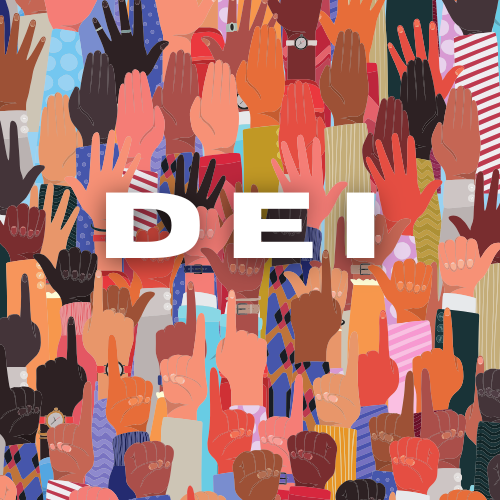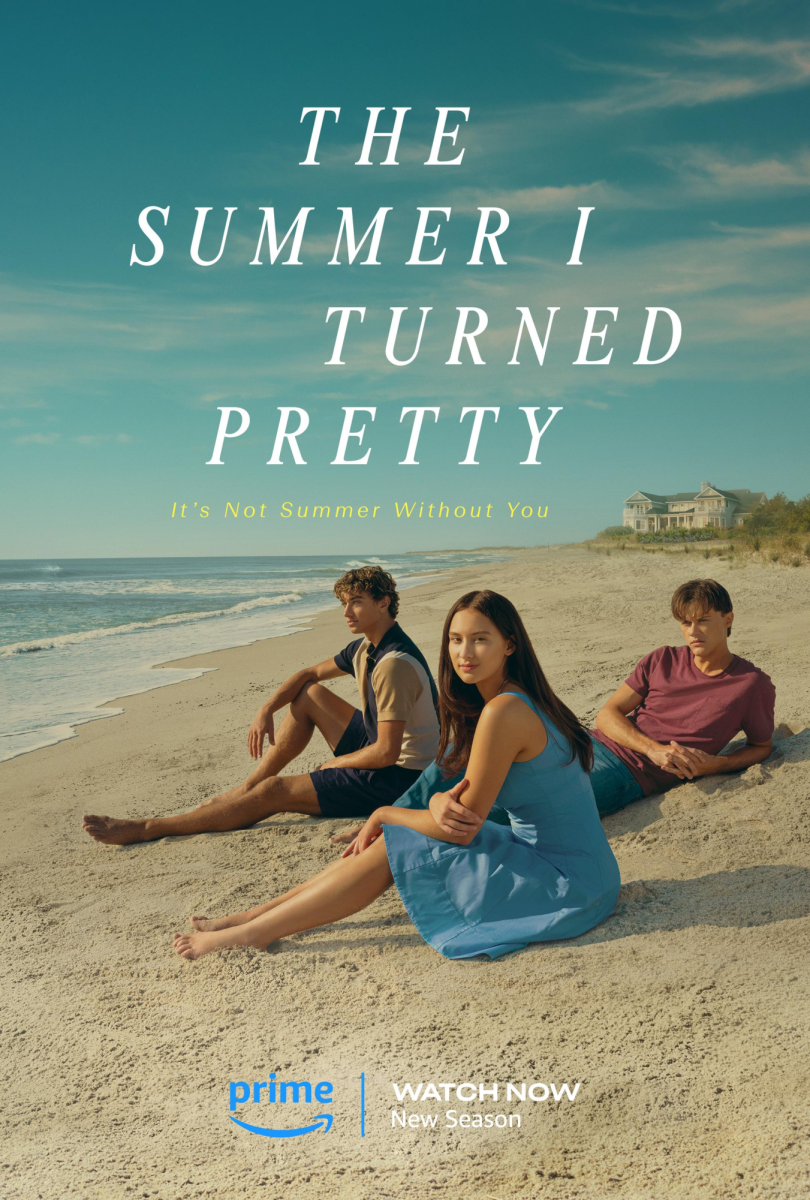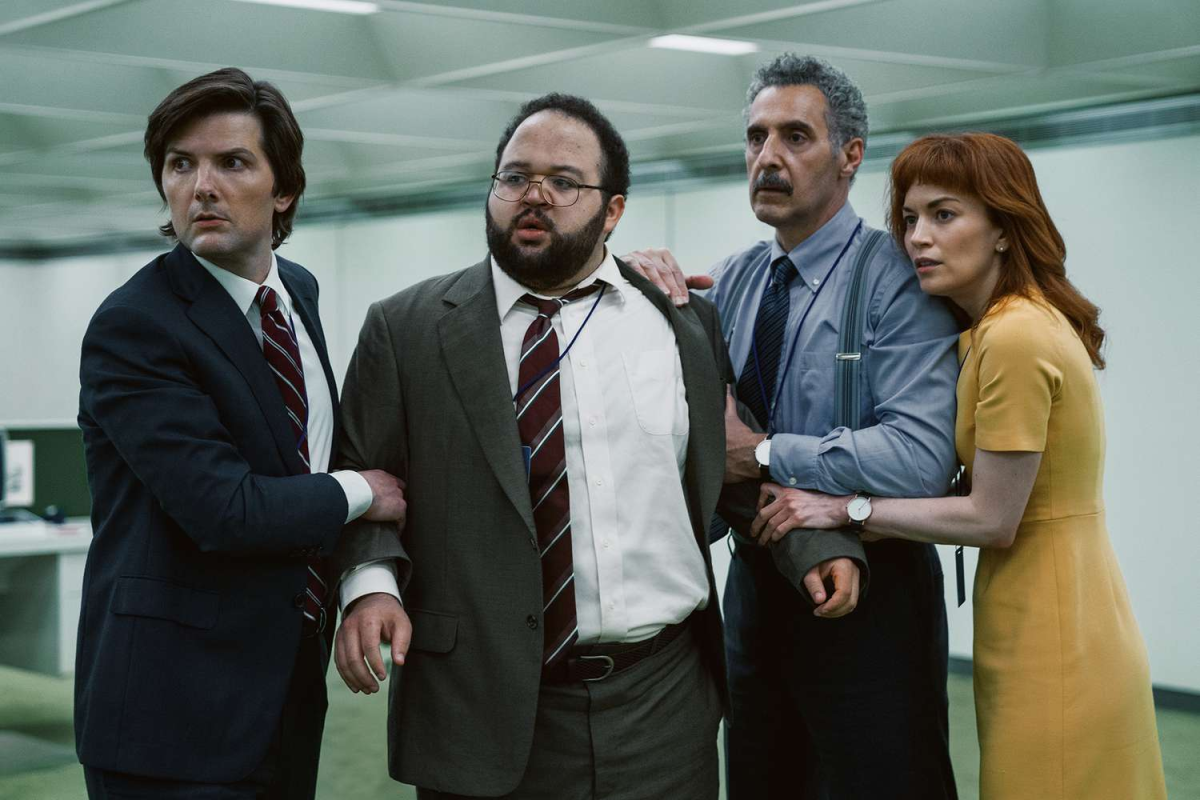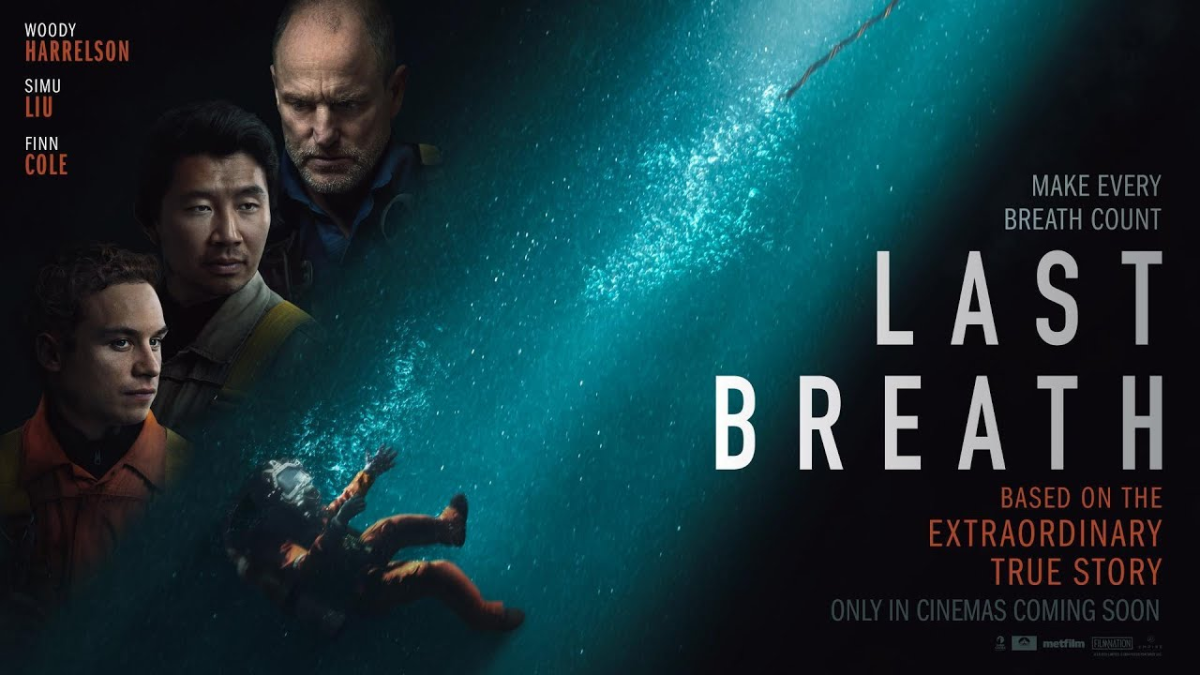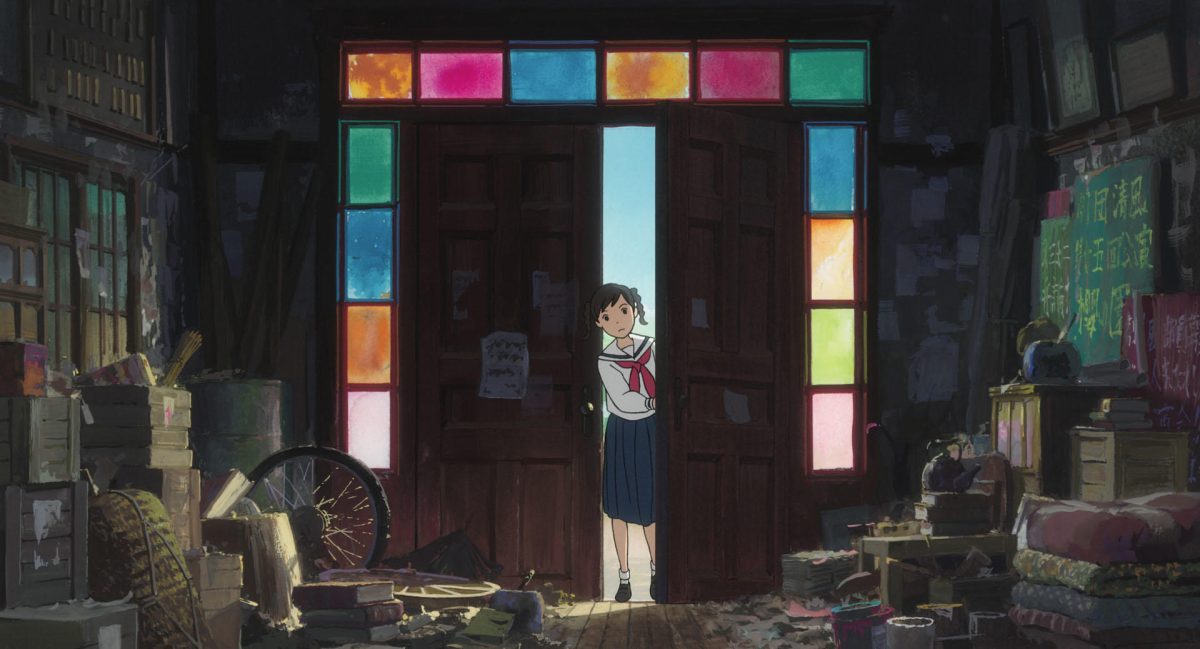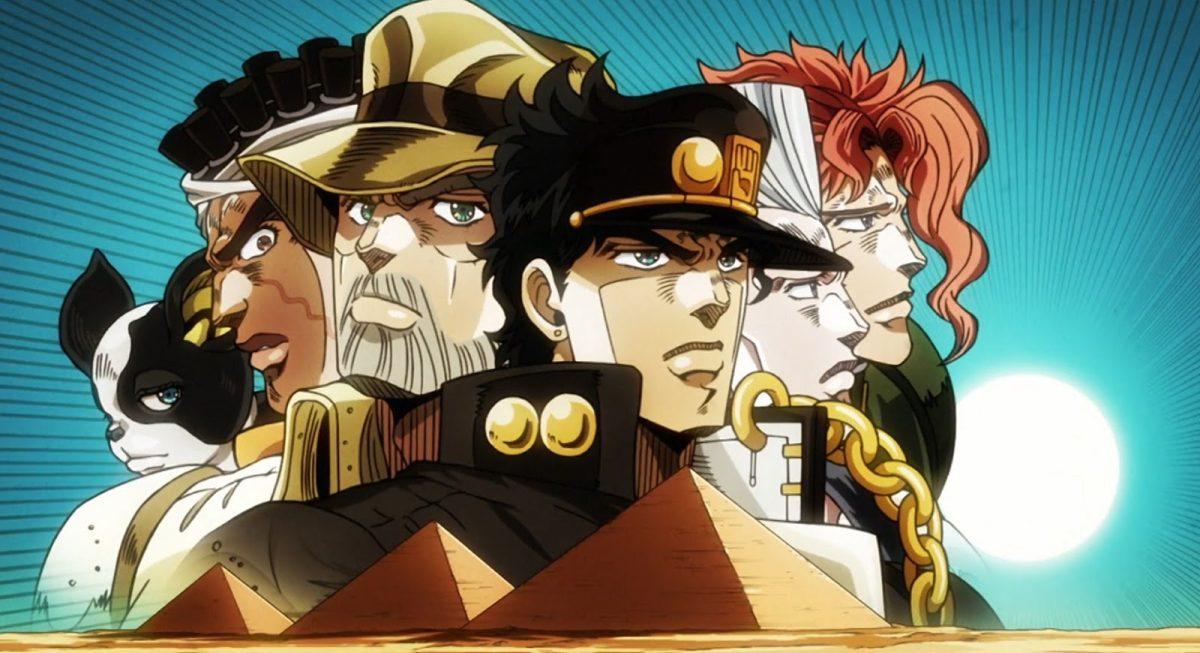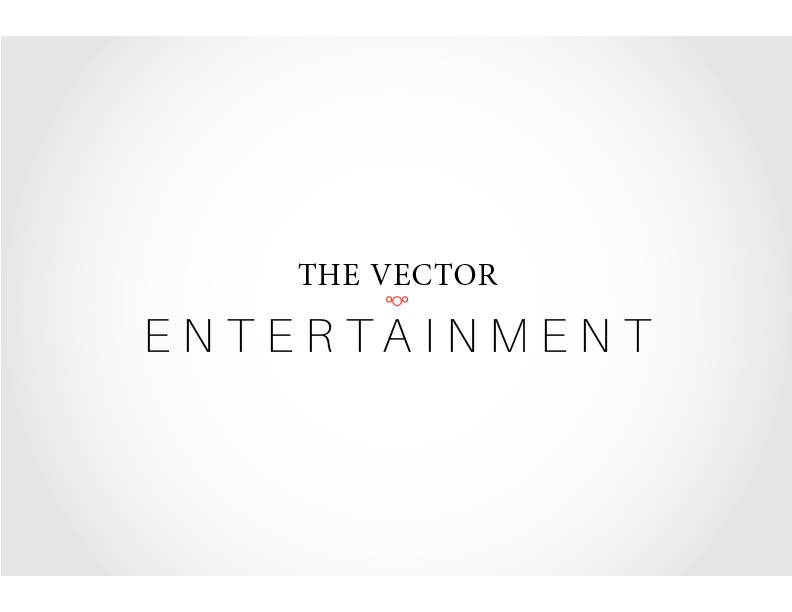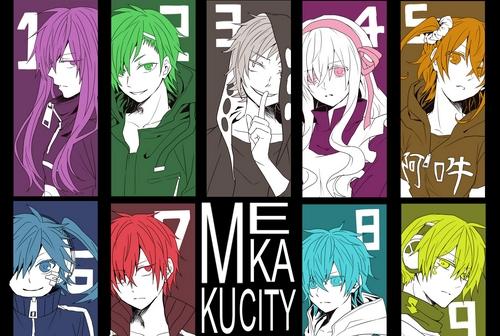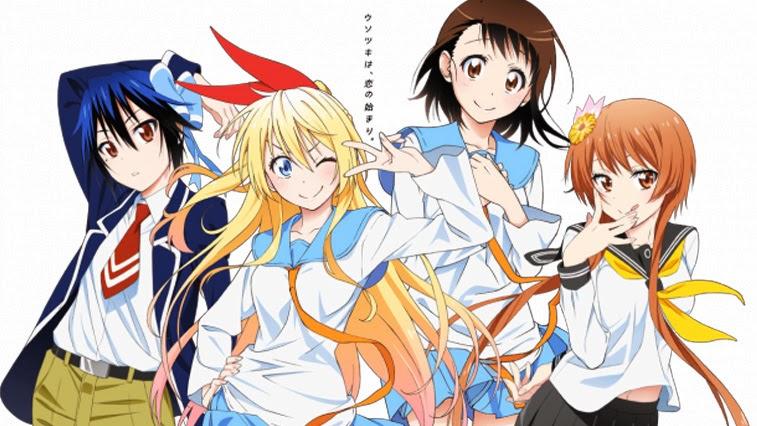The world of anime was one I never expected to explore before, but having watched sixteen of Studio Ghibli’s works, I am glad I finally did. Having grown up on primarily Western works of 2D animation from Disney, Warner Bros. Animation and DreamWorks Animation, anime was a medium I was regrettably, not properly introduced to. Initially turned off by the perceivably exclusive fanbase anime is tied to, Miyazaki’s works were some of the most heartfelt and magical films that I almost lost in my skepticism of anime as a whole. While I continue to delve into the wonderful films of Studio Ghibli, it’s important to acknowledge what makes them so appealing to a newcomer.
Disney’s classic films were almost always adaptations of fairy tales and books, and when so many of their films are based on princesses and far off lands with castles, it’s safe to say escapism is a common theme. Many of us today grew up with the colloquially dubbed Disney Renaissance movies of the 1990s, and each is an outstanding work of animation with a great soundtrack. With Warner Bros. and DreamWorks following suit to cash in on the revitalization of 2D animation in the 2000s, western audiences, myself included, were satisfied with these films providing a quick and fun adventure.
While I love each and every one of these films for their lovable characters and songs, Studio Ghibli’s movies held a more nuanced approach to escapism that immediately captivated me. Back in August I got my first proper exposure to Studio Ghibli, thanks to HBO Max. Boasting an almost complete collection of the Japanese studio’s finest works, I was astonished at the number of 2D animated works that existed without the Disney logo emblazoned on the poster.
I was entranced by the world building, artwork, and grandeur of “Castle in the Sky.” Each frame could have been a painting, bursting with color and life with painstaking attention to detail. I had to see more of what Studio Ghibli had to offer and was compelled to see as many films as I could.
With epics like “Nausicaä of the Valley of the Wind” and “Princess Mononoke,” Studio Ghibli dazzles its audiences in multilayered conflicts while approaching environmentalism and humanity’s place in the natural world. With “Spirited Away” and “Ponyo” there’s a more whimsical approach to fairy tales while delivering a charming story fit for children. And with films like “Kiki’s Delivery Service,” “From Up on Poppy Hill” and “Whisper of the Heart” Studio Ghibli masterfully crafts coming of age dramas, all while delivering their trademark magic that entertains audiences of all ages.
Studio Ghibli demonstrates a mastery of the craft animation with subtle details in the movements of characters, the realism of the fantasy settings and heavier themes and concepts not thoroughly explored in other studios. Much of this is owed to the principles of founder Hayao Miyazaki. As an animator, Miyazaki is dedicated to making his films feel tangible regardless of the setting and story. His characters are always grounded in real human emotion and prone to mistakes. Where most other escapist films depict strong incorruptible characters, protagonists are shown to be flawed in Studio Ghibli’s works, as seen with the destructive actions of Ashitaka and San in “Princess Mononoke” to the self-destructive actions of Porco in “Porco Rosso.”
Much like the characters themselves, the conflicts are also always reminiscent of the real world. Satsuki and Mei come to terms with their sick mother in “My Neighbor Totoro,” while Sophie deals with the turmoil of war in “Howl’s Moving Castle.” San tries to fight off the humans attempting to develop land and harming nature in “Princess Mononoke” while Taeko struggles to come to terms with her own adulthood in “Only Yesterday.”
When the main characters themselves struggle with familiar situations, it’s easier to believe the setting regardless of the fantastical elements. Studio Ghibli exemplifies accurate portrayals of human emotions and conflict through animation, thanks to the continued work of founders Toshio Suzuki and Isao Takahata alongside Miyazaki alongside new directors and writers. The appeal lies in the grounded realism of every single film.
It would be a crime for me not to mention the stellar soundtracks of Studio Ghibli. The soundtracks themselves easily whisk you away to another world and match the accompanying films flawlessly. Many are composed by Joe Hisashi, one of Miyazaki’s common collaborators on each of his projects and are amongst the best film scores this world has to offer.
While initially hesitant to try these films, I now whole heartedly understand why Studio Ghibli remains one of the most popular and revered animation companies of all time. Deeper than Disney, and sweet like honey, these movies really deserve a watch at any age. My only regret is not watching these films sooner.

